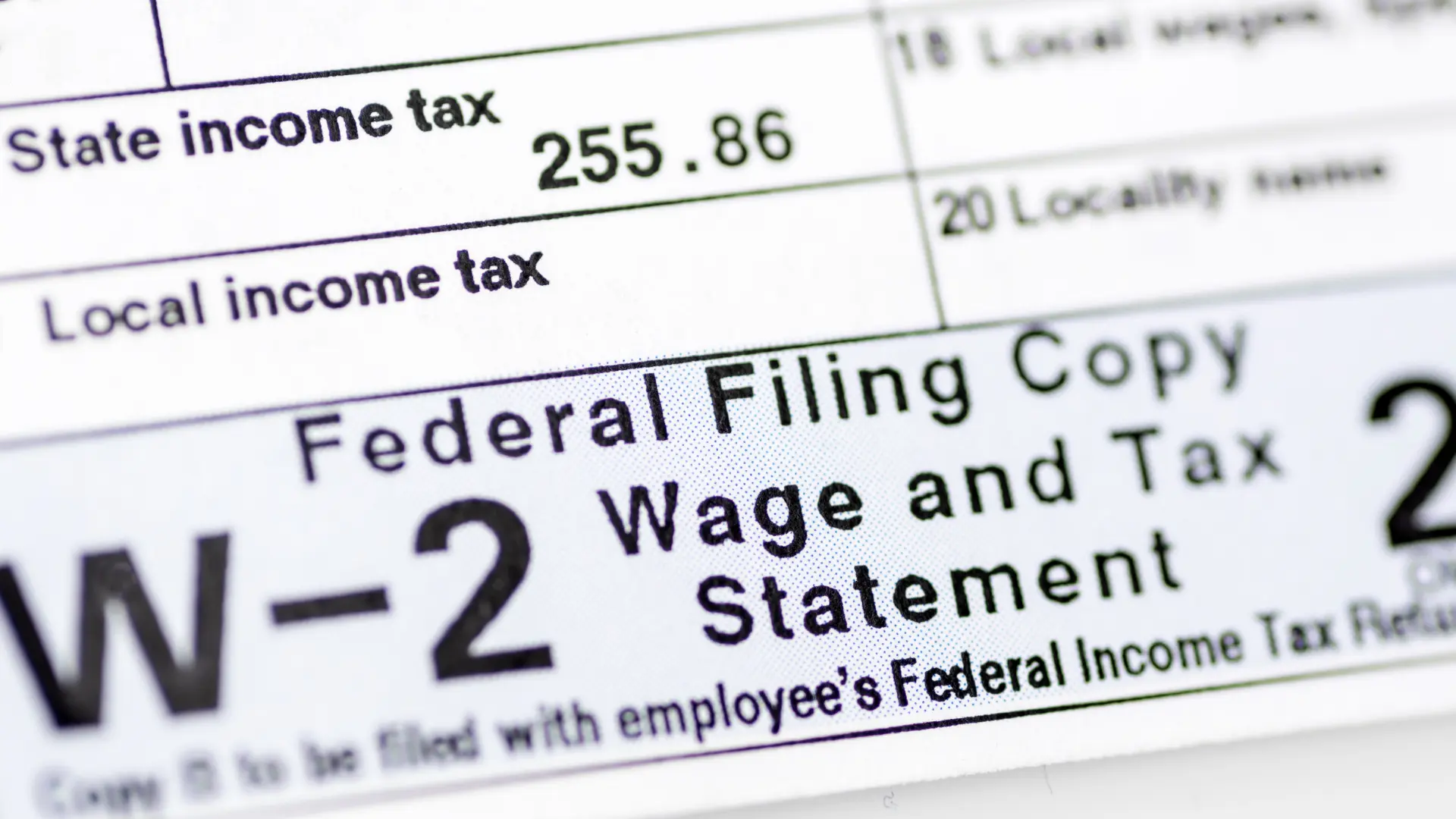In the United States, knowing whether you're a W-2 employee or a 1099 contractor is vital for taxes. A W-2 is a form that companies use to list their employees' earned wages. On the flip side, a 1099-MISC is issued to those who work for themselves, like freelancers and independent workers. It's important to grasp the key differences between these groups to manage tax rules better.
W-2 employees and 1099 contractors are very different. W-2 workers are part of the company's main team and have specific hours and duties. At the same time, 1099 contractors choose their work hours and are also known as "gig workers." These statuses affect things like tax duties, job benefits, and how secure the job is.

In the U.S., workers are mainly classified as W-2 employees or 1099 contractors. These titles show how the worker is involved with the employer. They also affect taxes, benefits, and job security.
A W-2 is a tax form for employees. It shows earnings for the year. Each employee gets one from their employer. The form lists earnings, taxes, and final pay. This info is used to do taxes.
Form 1099-MISC is for contractors and self-employed people. It reports earnings, but not taxes. Unlike the W-2, no taxes are taken out. So, the person must handle their taxes.
W-2 employees work directly for a business. They have set roles and regular hours. The company offers job security. In contrast, 1099 contractors choose their work and hours. They are hired for specific tasks.
W-2 workers have taxes automatically taken out by their employers. This includes federal, state, and local income taxes, and FICA payroll taxes. The amount can change based on where they live and their earnings. Yet, everyone pays 6.2% of their income to Social Security and 1.45% to Medicare. The employer matches these amounts, making a total of 15.3% for FICA taxes sent to the government.
On the other hand, 1099 contractors get their full pay, not just what's left after taxes. They must handle figuring out and paying their taxes themselves, including the full 15.3% for FICA.
Full-time W-2 employees usually get benefits paid for in part by their employers. This helps keep employees happy and likely to stay with the company. Benefits can be things like health, dental, vision, and life insurance. They might also include retirement plans, educational aid, child care help, and gym memberships.
Yet, 1099 contractors don't receive these benefits. They have to find their own health insurance and save for retirement on their own. They also have to cover all their wellness expenses.
W-2 workers know how much money they'll get regularly, providing a stable income. But, they may not have much say in when they work, since their schedule is set by their employer.
1099 contractors get to control when they work and who they work for. This flexibility comes at a price, though. Their income can be up or down each month, depending on their clients and workload.
Understanding the tax differences for 1099 contractors and W-2 employees is key. Employers send out tax forms - Form W-4 for employees and Form W-9 for contractors - when they hire. If you're a 1099 worker, your employer doesn't cover Social Security and Medicare taxes, among others, saving them money.
For contractors, tax deductions are a big benefit. These can include home office expenses and work-related travel, like the cost of using your own car. Remember to file a 1099-NEC form for any contractor you paid $600 or more in a year. W-2 employees, on the other hand, usually can't deduct these expenses because their employers take care of them.
For W-2 employees, employers handle most taxes for them. This means your employer manages and controls the work you do more closely. Employers deduct taxes like Social Security and Medicare right from the employees' paychecks. This saves W-2 employees from doing these calculations. They will receive a W-2 form if they make $600 or more that year, which shows their taxed income. In contrast, 1099 contractors need to pay estimated taxes each quarter as taxes aren't automatically taken from their pay.